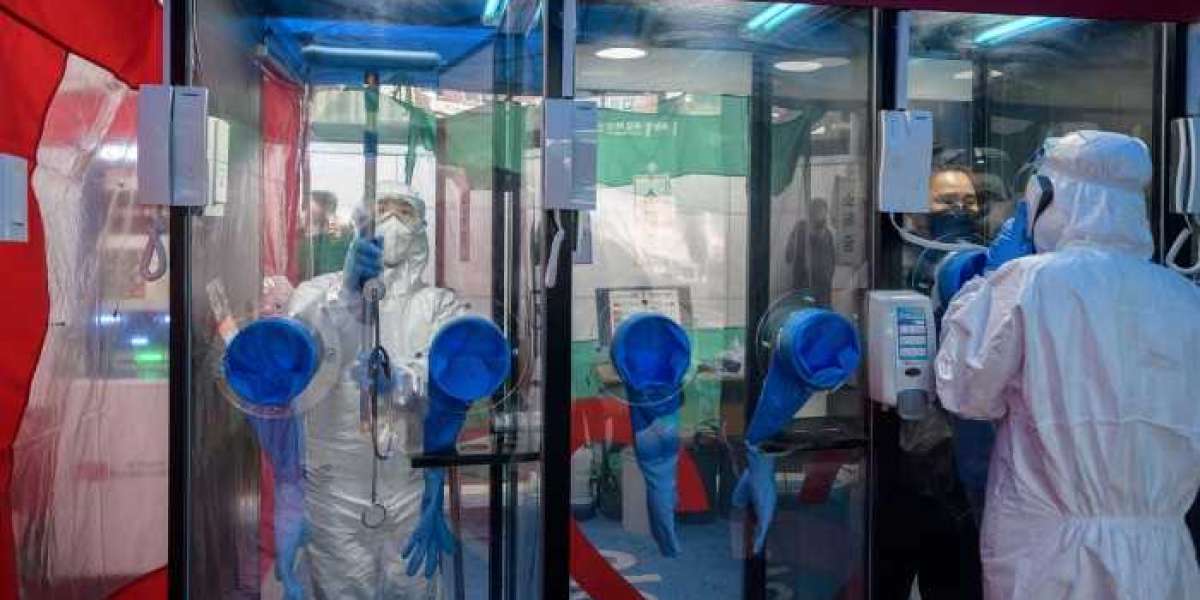Korea has begun its transition to the omicron response, which implies a diminished role for the government in preventing the spread of the coronavirus and patient treatment. However, many of the changes that have been predicted have yet to be realized in practice.
It was still unclear as of Thursday morning if the list of clinics providing quick antigen testing and both remote and in-person care for nonhospitalized patients will be released, despite the announcement that certain primary care doctor offices would take up the services. The list, which was revised later in the day, was still lacking certain information.
Patients of all ages were formerly entitled to receive a free PCR test at state-run testing centers; however, PCR testing is now only available to people aged 60 and older, rather than all patients. Anyone under the age of majority must provide a doctor's note from an authorized clinic, as well as a positive fast antigen test result, in order to enter.
Personnel working in nursing homes and those who have had direct contact with patients who have had their PCR tests verified are eligible for a PCR test.
Instead of taking a bed in a hospital, patients who are home-isolated can make in-person visits to select clinics in the event that their symptoms deteriorate. This helps to keep hospitals from being overcrowded.
A press briefing held behind closed doors revealed that information on the 734 clinics participating in the test-and-care program, as well as information on where to find them, would be available on the Health Insurance Review and Assessment Service website, according to Son Young-rae of the Ministry of Health and Welfare
Due to the predicted increase in the number of self-isolating patients, he added that new clinics will be assigned to provide COVID-19 testing and therapy for less badly afflicted people. As of Thursday night's midnight, around 90,000 patients had been placed in home confinement.
While the ministry has lobbied for fewer pandemic-related measures, it has yet to make a decision on whether to prolong or scrap the present restrictions on meetings that are limited to six people and 9 p.m. curfews for select enterprises, which are slated to expire in a few days.
As a result, according to the ministry's spokeswoman, "nothing has been established on social distancing laws." Last month, the government stated that they looked to be essential for the long holiday weekend, which took place from January 29 to February 2.
The number of reported cases in Korea increased by 22,907 in the first 24 hours on Wednesday, topping 20,000 for the second day in a row. Since about the middle of January, the number of cases has been almost doubling every week, with omicron being named the main strain on January 24 in this region.
In contrast to birth rates, mortality rates have not increased in tandem with time. A total of 26 people died on average over the last seven days, which is just slightly more than the previous week's average of 23.
The number of cases recorded has surpassed the forecast model provided by the Korea Disease Control and Prevention Agency on Jan. 21, which predicted that the omicron wave would not reach 20,000 instances until much later in the month, according to the agency. As a result of this prediction, daily cases might range between 31,800 and 52,200 by the end of February.



